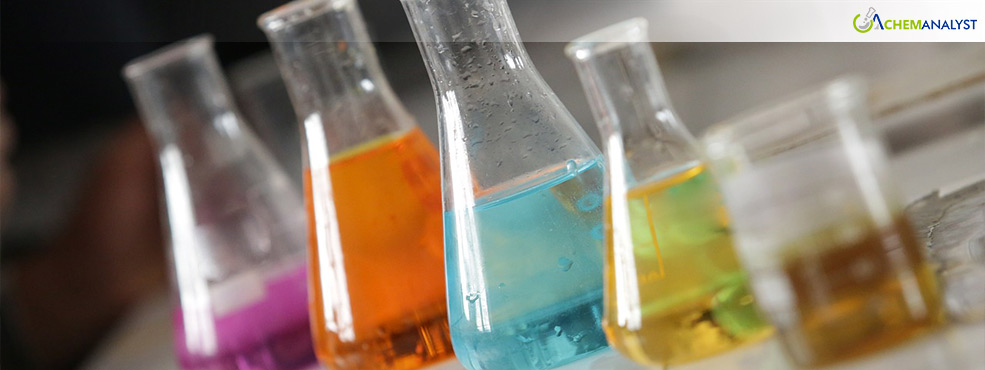Welcome To ChemAnalyst

The European and Asian Polyalphaolefin (PAO) markets witnessed a notable decline in prices throughout September 2024, marking a sharp contrast to the upward trend observed in the previous month. This price drop was primarily driven by weakened demand from key end-user industries, particularly the automotive sector, which plays a critical role in PAO consumption for lubricants and other applications.
In the European market, PAO prices experienced a 1.2% month-on-month decline in September 2024, despite rising costs for its essential feedstock, Ethylene, during the same period. However, the cost pressures from Ethylene increases had a limited impact on PAO prices, as manufacturers faced more immediate challenges stemming from a reduction in new orders and weakened demand for PAO from key industries, particularly the automotive sector. The subdued market demand resulted in a contraction of PAO consumption, leading to downward adjustments in prices. This decrease in demand also allowed for improved supplier delivery times throughout September, as manufacturers faced less pressure to meet previously high order volumes. Furthermore, heightened competition among suppliers, eager to secure market share amid reduced demand, intensified price competition. This led to additional downward pressure on PAO purchase prices, as suppliers were forced to offer more competitive rates to attract and retain customers.
Similarly, the Asian PAO market experienced a price decline throughout September 2024, with India emerging as the most impacted region. The weaker-than-expected performance of the country's key end-user automotive sector led to a significant reduction in demand for PAO, which is a critical component in automotive paints and coatings. Market insights indicate that the local automotive industry has struggled to recover, with car sales declining for the third consecutive month, despite automakers offering substantial discounts to stimulate demand. According to industry estimates, approximately 360,000 sedans and utility vehicles were sold in September, reflecting a decline of about 1-2.5% compared to previous months. The continued weakness in the automotive sector has directly affected the PAO market, as lower vehicle production and sales have reduced the need for automotive-related products such as paints, lubricants, and coatings. This drop in demand has created downward pressure on PAO prices, as suppliers in the region face slower sales and heightened competition.
The PAO market is expected to remain stable in the coming weeks, largely driven by subdued demand from downstream industries. Although the automotive and industrial sectors continue to face challenges, leading to a significant reduction in PAO consumption, the market has managed to maintain a steady balance.
We use cookies to deliver the best possible experience on our website. To learn more, visit our Privacy Policy. By continuing to use this site or by closing this box, you consent to our use of cookies. More info.
